Health Benefits of Goat Cheese
The Goat Cheese Market is experiencing a surge in demand due to the increasing awareness of health benefits associated with goat cheese consumption. Goat cheese is often perceived as a healthier alternative to cow's milk cheese, as it is lower in calories and fat while being rich in essential nutrients such as calcium and protein. Studies indicate that goat cheese is easier to digest, making it suitable for individuals with lactose intolerance. This growing health consciousness among consumers is driving the market, as more people seek nutritious options in their diets. The Goat Cheese Market is likely to see continued growth as health trends evolve, with consumers increasingly prioritizing products that contribute positively to their well-being.
Culinary Versatility and Innovation
The Goat Cheese Market benefits from the culinary versatility of goat cheese, which is increasingly being incorporated into a variety of dishes across different cuisines. Chefs and home cooks alike are discovering the unique flavors and textures that goat cheese can bring to salads, pastas, and desserts. This versatility is driving innovation in product development, with new flavors and formats emerging to cater to diverse culinary applications. The Goat Cheese Market is likely to see an increase in demand as more consumers experiment with goat cheese in their cooking, leading to a broader acceptance and appreciation of this cheese type. The potential for goat cheese to enhance culinary experiences is a key driver of market growth.
Rise of Artisanal and Organic Products
The Goat Cheese Market is witnessing a notable shift towards artisanal and organic products. Consumers are increasingly favoring cheese that is produced using traditional methods and organic ingredients. This trend is driven by a desire for authenticity and quality, as well as concerns about food safety and environmental sustainability. The market for organic goat cheese has expanded significantly, with sales projected to grow as more producers adopt organic farming practices. This shift not only enhances the appeal of goat cheese but also aligns with the values of a growing segment of consumers who prioritize sustainable and ethically sourced food. The Goat Cheese Market is thus adapting to these preferences, which could lead to a broader range of artisanal offerings.
Growing Demand for Plant-Based Alternatives
The Goat Cheese Market is also influenced by the rising demand for plant-based alternatives. As more consumers adopt vegetarian and vegan diets, there is a growing interest in dairy alternatives, including goat cheese made from plant-based ingredients. This trend presents an opportunity for innovation within the Goat Cheese Market, as producers explore new formulations that cater to this demographic. The potential for plant-based goat cheese to attract a broader audience could drive market expansion, as it aligns with the increasing consumer focus on health, sustainability, and ethical eating. The Goat Cheese Market may see a diversification of its product offerings to meet these evolving consumer preferences.
Increased Availability and Distribution Channels
The Goat Cheese Market is experiencing enhanced availability due to the expansion of distribution channels. Retailers are increasingly stocking a wider variety of goat cheese products, including specialty and gourmet options, in response to consumer demand. This increased accessibility is crucial for market growth, as it allows consumers to easily find and purchase goat cheese. Additionally, online grocery shopping has become a significant channel for cheese sales, further broadening the reach of goat cheese products. The Goat Cheese Market is likely to benefit from these developments, as more consumers are introduced to goat cheese through various platforms, leading to increased consumption and brand loyalty.


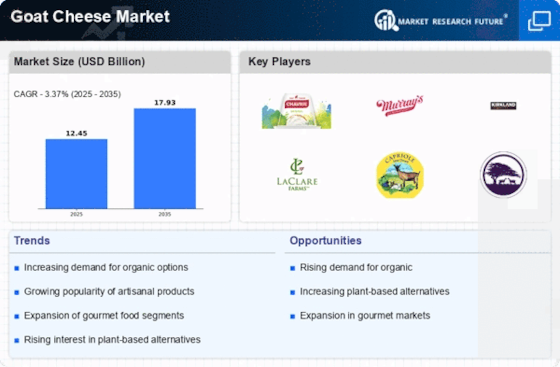
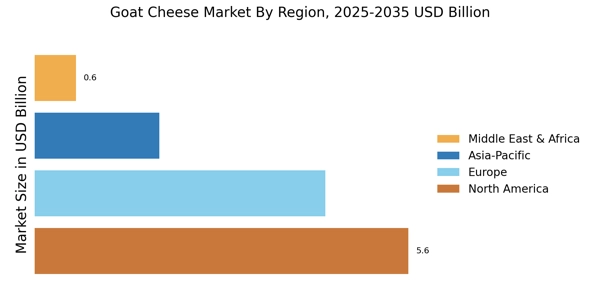
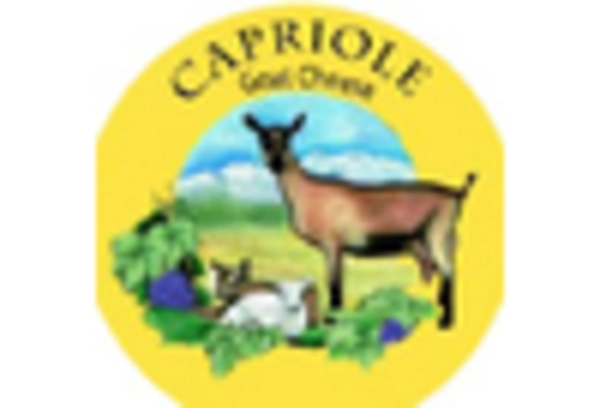
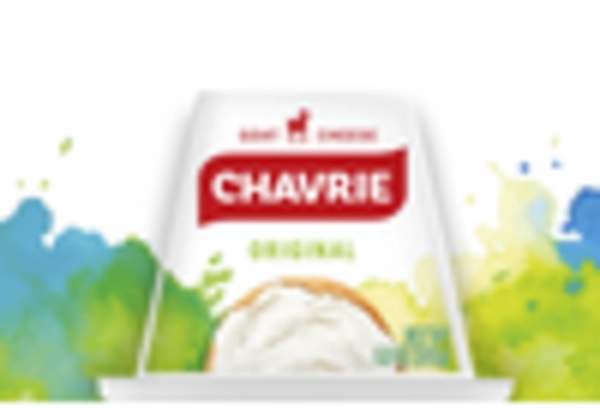
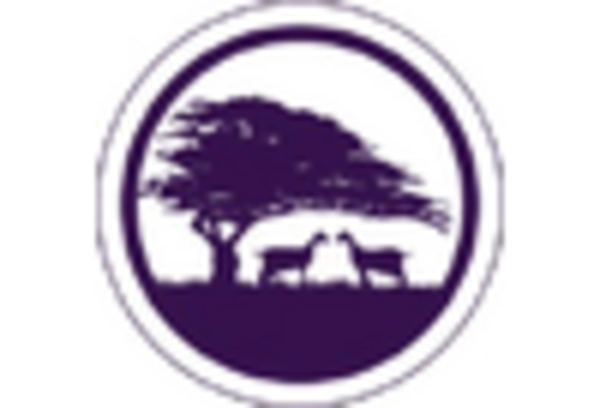
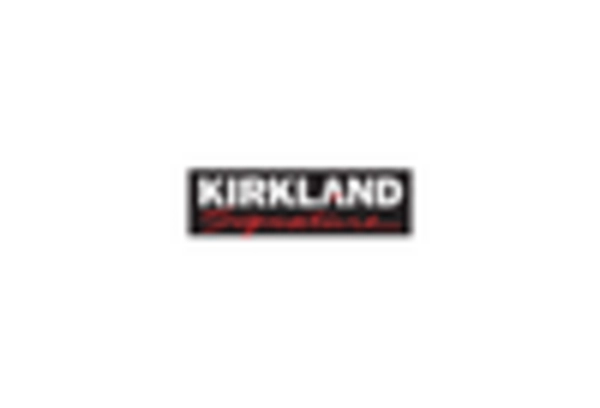
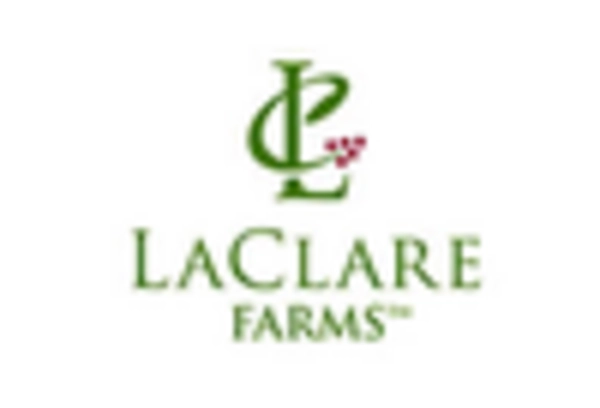
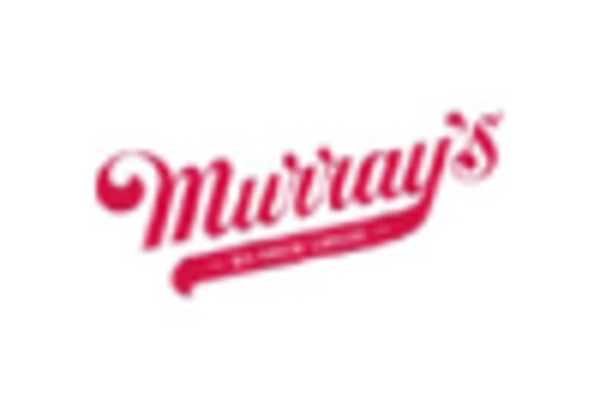








Leave a Comment